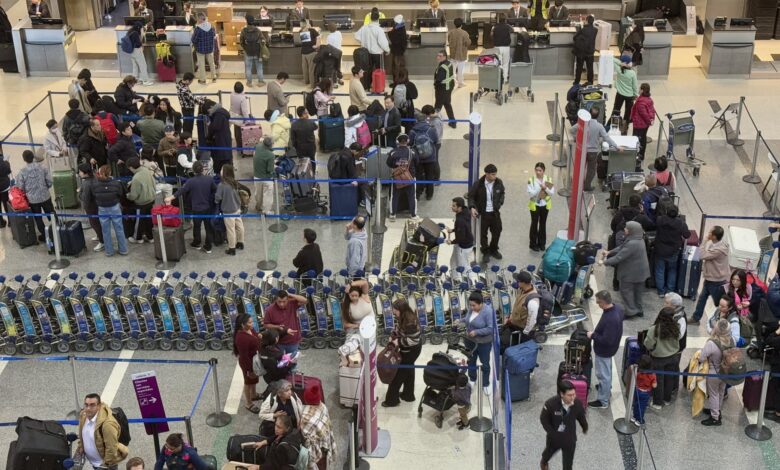Which prices are falling for consumers

Inflation may still be a concern for policymakers in the U.S., but there are some areas of the economy where prices have been falling. From airfare to produce to electronics, consumers have been seeing some relief in their wallets recently.
According to the consumer price index, which measures inflation, prices have been dropping for various goods and services. This includes airfare, produce, household goods, electronics, and gasoline. While these price declines may be temporary, they have provided some respite for consumers.
Gasoline prices, for example, have seen a significant decrease in the past year. Prices at the pump are down almost 10% from a year ago, with a 6% decline just in the month from February to March. The drop in oil prices has been a major factor in the decrease in gasoline prices, as oil prices have fallen by 22% over the past year.
Lower oil prices have also had an impact on airline fares, which have dropped more than 5% from a year ago. Jet fuel prices, a major input cost for airlines, have also decreased by about 15%. Weaker travel demand, particularly from international tourists, has put further downward pressure on fares.
Produce prices have also seen a decline, with items like tomatoes, lettuce, and potatoes experiencing price drops. Lower costs for diesel fuel and seasonal supply-and-demand factors have contributed to the decrease in produce prices.
Additionally, consumer electronics like TVs and smartphones have seen price declines of 9% and 14% in the past year. This is due to improvements in technology, allowing companies to produce these products more efficiently over time.
While these price declines may provide some relief for consumers in the short term, it’s important to note that they may not last. Tariffs and other factors could quickly reverse these trends and put upward pressure on prices once again. Consumers should enjoy these lower prices while they last, as they may not be here to stay. The clothing market has seen a decline in certain segments, with infants’ and toddlers’ apparel experiencing a 4% decrease in sales. This drop in sales can be attributed to various factors, such as seasonal fluctuations and the impact of external events like tariffs.
According to industry experts, apparel sales are heavily influenced by seasonal trends and external factors. For example, changes in weather patterns or the timing of holidays can greatly affect consumer demand for clothing. This volatility in demand can lead to fluctuations in prices and sales figures.
Economist Mark Zandi suggests that the recent decline in infant and toddler apparel sales may be linked to retailers’ efforts to stockpile goods in anticipation of tariffs. As a result, retailers may have accumulated excess inventory, leading them to offer more aggressive pricing strategies to reduce their stock levels.
Overall, the clothing market is constantly evolving, with various factors influencing consumer behavior and sales trends. Retailers need to adapt to these changes by closely monitoring market conditions and adjusting their strategies accordingly.
In conclusion, the decline in infants’ and toddlers’ apparel sales is just one example of the dynamic nature of the clothing market. By staying informed and responsive to market trends, retailers can navigate these challenges and continue to thrive in the competitive fashion industry.





